Health & Science
Why honeybees are disappearing; Rewarded for running; Climate change’s comeback; Spill-damaged sea life
Why honeybees are disappearing
The mystery of the massive die-off of honeybees may have been solved. Three new studies point to a widely used class of pesticides called neonicotinoids as the main reason for “colony collapse disorder,’’ in which millions of honeybees and bumblebees have died off in the U.S. and Europe in the past decade. Developed in the 1990s, neonicotinoids disrupt the nervous systems of insects that destroy crops. The pesticides are commonly used in agriculture and backyard gardening products, and have made their way into the corn syrup that many beekeepers feed their hives after harvesting honey. Around the time colonies started collapsing, farmers began heavily treating corn crops—used to make the syrup—with neonicotinoids. Studies indicate that the pesticide can be found in many honeybees, which pollinate more than a third of U.S. crops. “It apparently doesn’t take much of the pesticide to affect the bees,” Harvard University biologist Chensheng Lu tells Scientific American. He found that even trace amounts killed off hives within six months. In other studies, honey-bees fed neonicotinoids got lost while foraging, and bumblebees produced radically fewer queens. Says Pennsylvania beekeeper Dave Hackenberg, “We’ve got a toxic mess.”
Rewarded for running
The Week
Escape your echo chamber. Get the facts behind the news, plus analysis from multiple perspectives.

Sign up for The Week's Free Newsletters
From our morning news briefing to a weekly Good News Newsletter, get the best of The Week delivered directly to your inbox.
From our morning news briefing to a weekly Good News Newsletter, get the best of The Week delivered directly to your inbox.
Why did our early ancestors adopt running as a survival strategy? A burst of intense running is one way to avoid predators and to catch food, but compared with other strategies—such as camouflaging oneself and lying in wait for prey—running consumes a lot of energy and leads to injuries. To find out why running became so common in all human cultures, researchers at the University of Arizona had people, dogs, and ferrets run for 30 minutes and tested the levels of endocannabinoids—mood-boosting chemicals—in their blood. They found that exercise increased endocannabinoid levels in humans and canines, providing them with a “runner’s high.” The ferrets, which vastly prefer slinking and sleeping to running, saw no change in their endocannabinoid levels. That suggests that humans and dogs did not evolve other strategies for survival—as species like ferrets did—because running, while costly in terms of energy and injuries, is intrinsically rewarding, study author David A. Raichlen tells the Toronto Globe and Mail. So why then do many modern humans prefer to sit on the couch? “Inactive people may not be fit enough to hit the exercise intensity that leads to this sort of rewarding sensation,” he says.
Climate change’s comeback
Recent spates of extreme weather across the U.S. have convinced most Americans that climate change is a real problem, despite vocal protests from global-warming skeptics. A new survey of more than 1,000 U.S. residents found that roughly 70 percent blame global warming for making this past winter unusually mild and last summer brutally hot, and for causing last year’s record-setting droughts in Texas and Oklahoma. More than half of them also linked the previous winter’s record snowfalls, last spring’s Mississippi River flooding, and Hurricane Irene to climate change. Though climatologists say it’s not possible to link specific weather events to global warming, their models indicate that it will lead to more violent storms, more intense rain and flooding, and more prolonged droughts. “People are starting to connect the dots,” Yale University climate scientist Anthony Leiserowitz tells The New York Times. Americans’ concern about climate change dropped sharply in the wake of the recession, but now appears to be rising again, largely because of personal experience: 35 percent of people surveyed said they’d been harmed by an extreme-weather event, and 51 percent expected a natural disaster to strike their communities within the next year.
Spill-damaged sea life
A free daily email with the biggest news stories of the day – and the best features from TheWeek.com
Two years after the BP oil spill, Gulf of Mexico fishermen are catching alarming numbers of crabs, fish, and shrimp that have missing eyes and claws, sores, black spots, and other lesions. Though the U.S. Food and Drug Administration has declared seafood from the Gulf safe to eat, “there is lots of circumstantial evidence that something is still awry,’’ Louisiana State University coastal researcher Christopher D’Elia tells the Associated Press. Lesions were rare on local marine animals, researchers say, before the spill dumped nearly 5 million barrels of oil into the Gulf—followed by 2 million gallons of clean-up chemicals. But now 20 to 50 percent of fish in several areas are damaged, with some showing genetic abnormalities. LSU biologist Jim Cowan says the toxins leaching from crude oil on the ocean floor and the dispersants are the only reasonable explanation for the sudden prevalence of sick and deformed sea life. “We’ve never seen anything like this before,” Cowan says.
-
 What role will Trump play in the battle over Warner Bros. Discovery?
What role will Trump play in the battle over Warner Bros. Discovery?Today’s Big Question Netflix, Paramount battle for the president’s approval
-
 ‘The menu’s other highlights smack of the surreal’
‘The menu’s other highlights smack of the surreal’Instant Opinion Opinion, comment and editorials of the day
-
 Education: More Americans say college isn’t worth it
Education: More Americans say college isn’t worth itfeature College is costly and job prospects are vanishing
-
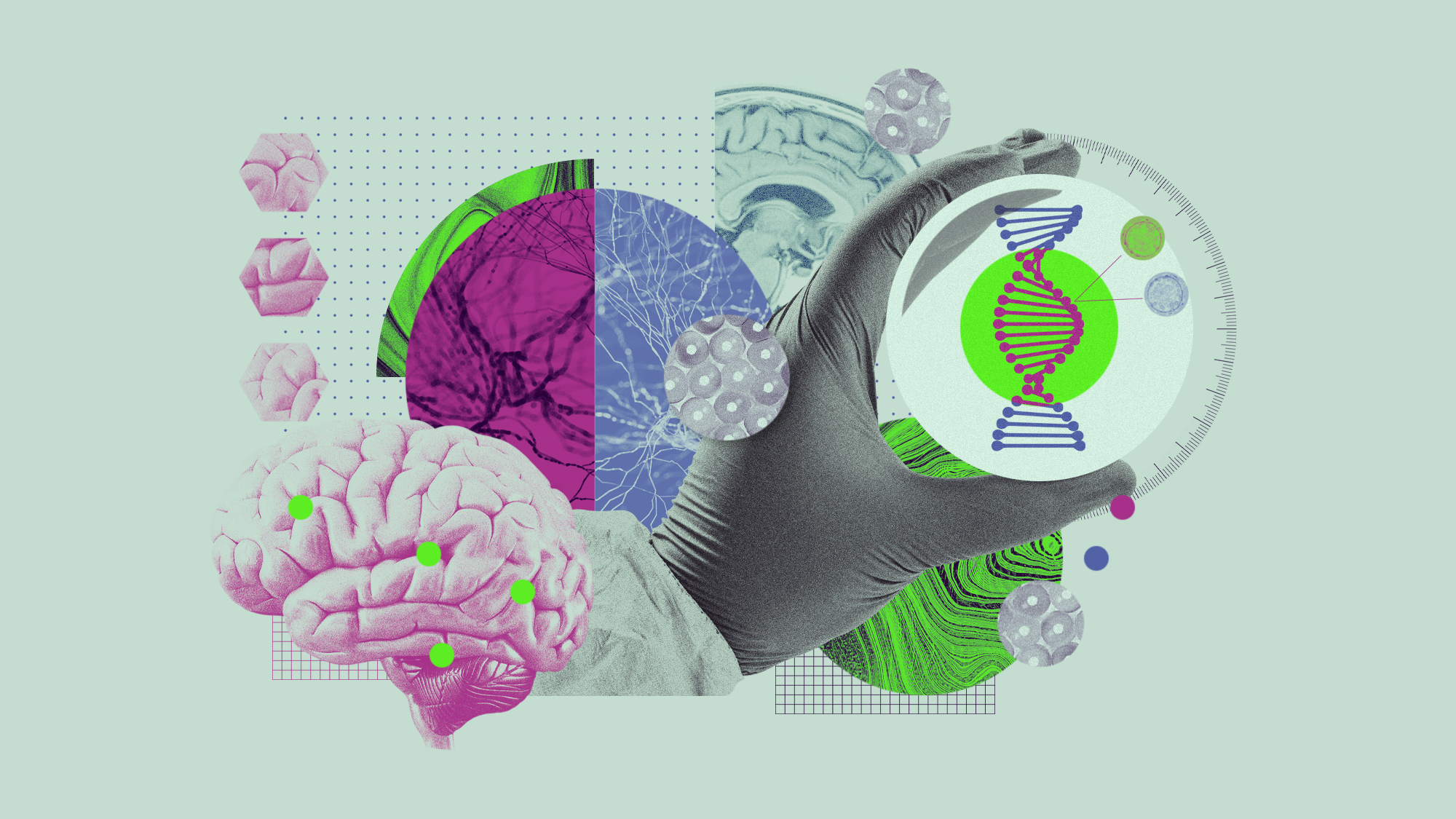 5 recent breakthroughs in biology
5 recent breakthroughs in biologyIn depth From ancient bacteria, to modern cures, to future research
-
 Bacteria can turn plastic waste into a painkiller
Bacteria can turn plastic waste into a painkillerUnder the radar The process could be a solution to plastic pollution
-
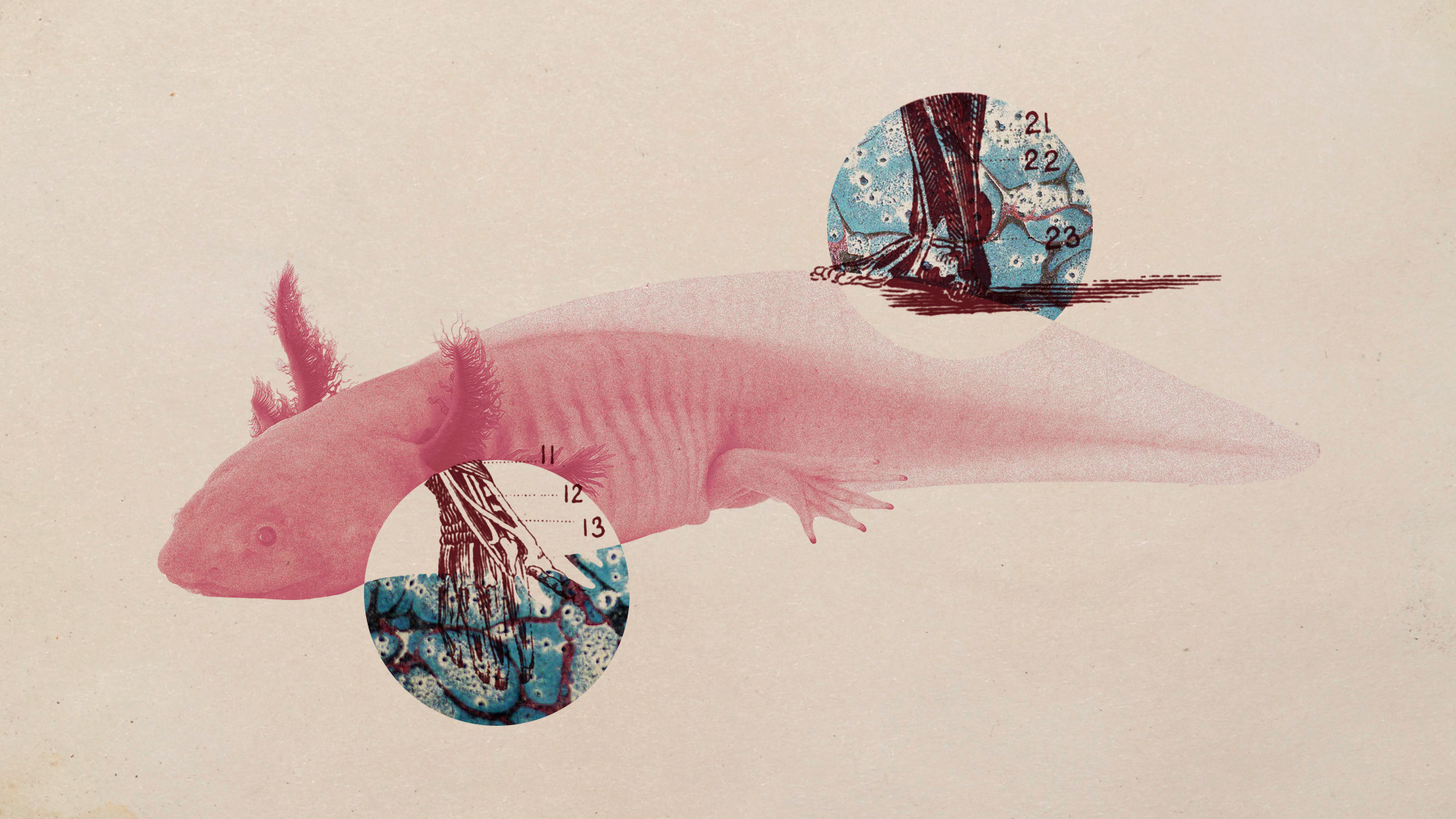 Scientists want to regrow human limbs. Salamanders could lead the way.
Scientists want to regrow human limbs. Salamanders could lead the way.Under the radar Humans may already have the genetic mechanism necessary
-
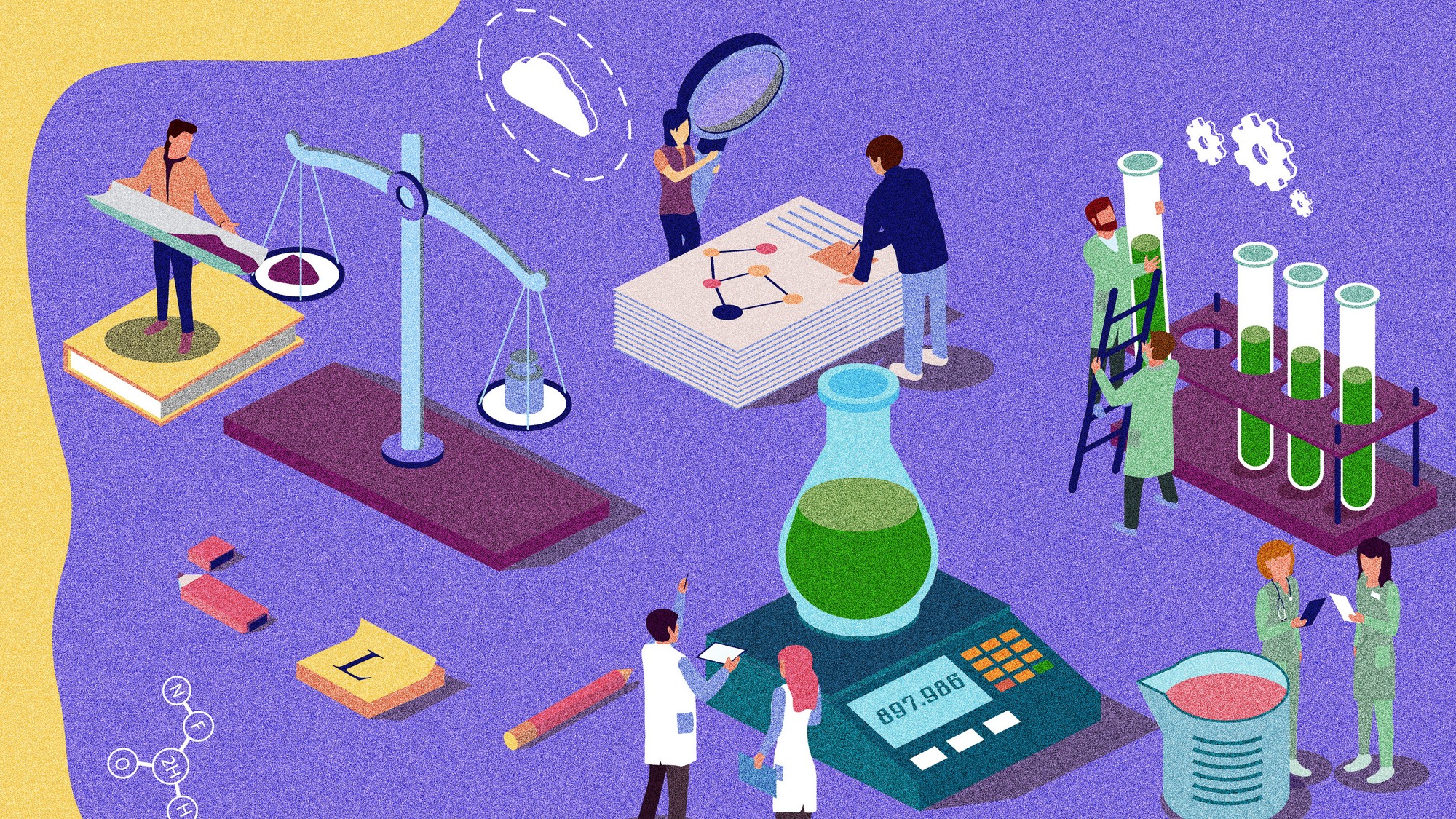 Is the world losing scientific innovation?
Is the world losing scientific innovation?Today's big question New research seems to be less exciting
-
 Breakthrough gene-editing treatment saves baby
Breakthrough gene-editing treatment saves babyspeed read KJ Muldoon was healed from a rare genetic condition
-
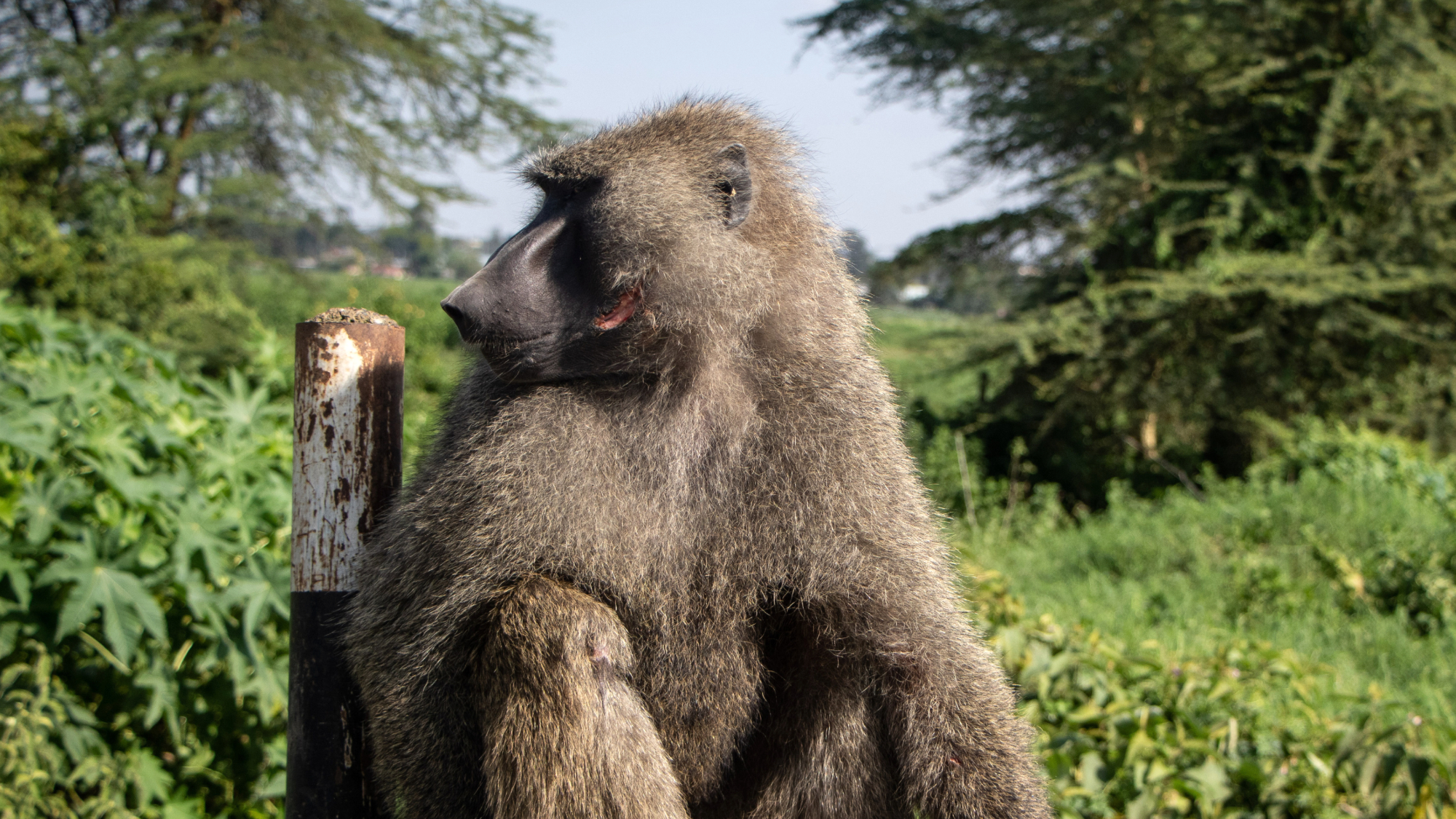 Humans heal much slower than other mammals
Humans heal much slower than other mammalsSpeed Read Slower healing may have been an evolutionary trade-off when we shed fur for sweat glands
-
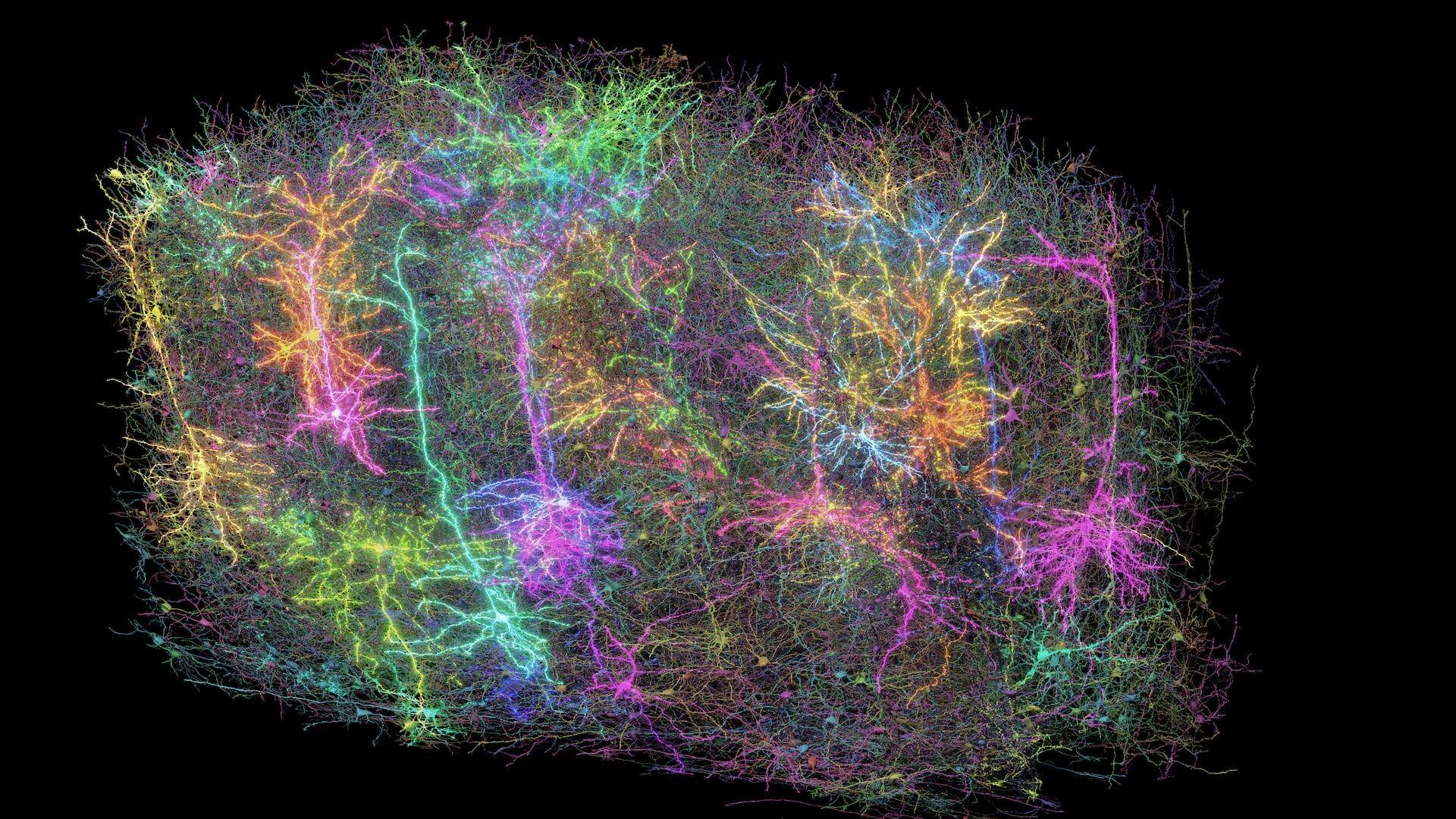 Scientists map miles of wiring in mouse brain
Scientists map miles of wiring in mouse brainSpeed Read Researchers have created the 'largest and most detailed wiring diagram of a mammalian brain to date,' said Nature
-
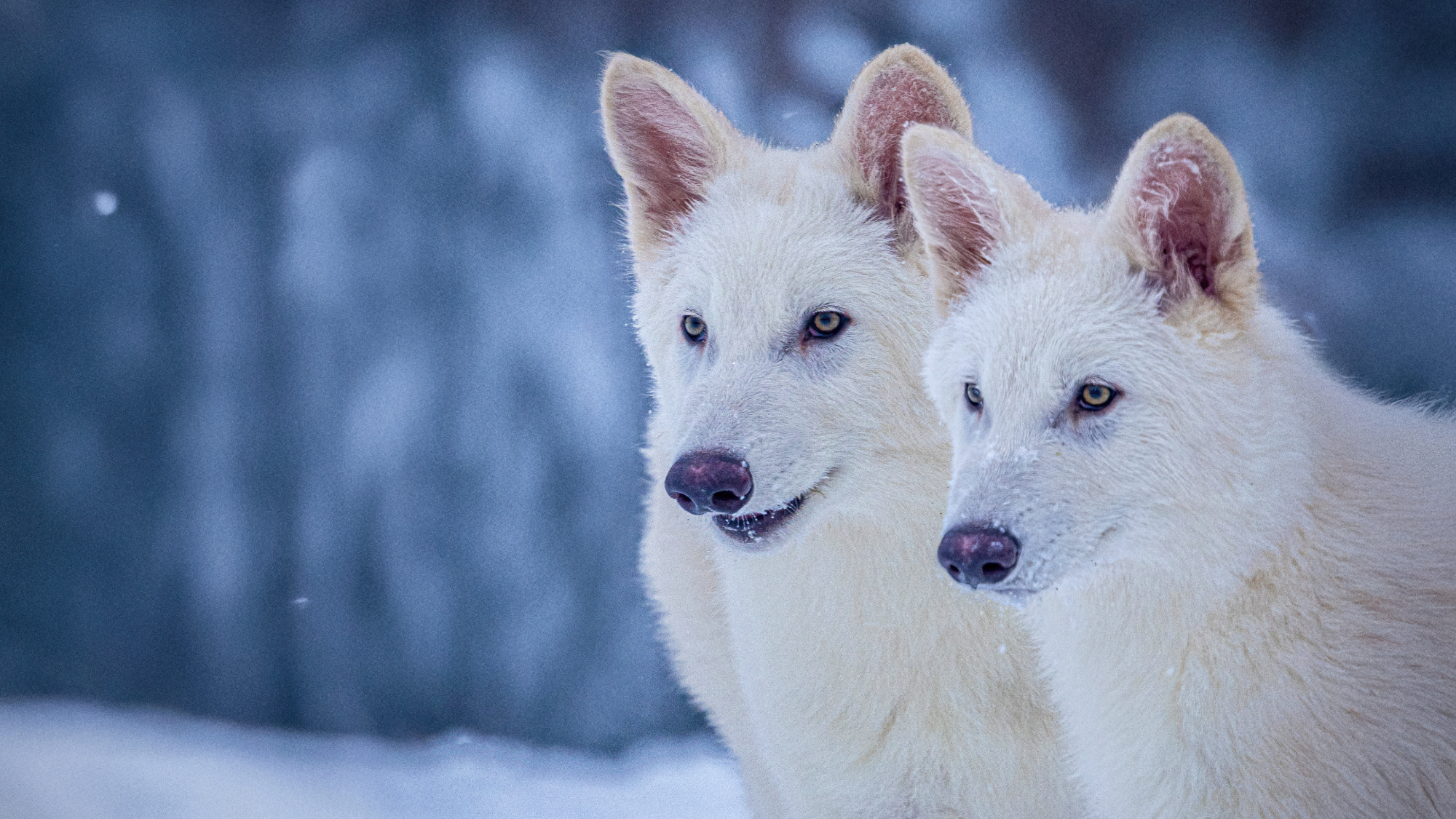 Scientists genetically revive extinct 'dire wolves'
Scientists genetically revive extinct 'dire wolves'Speed Read A 'de-extinction' company has revived the species made popular by HBO's 'Game of Thrones'